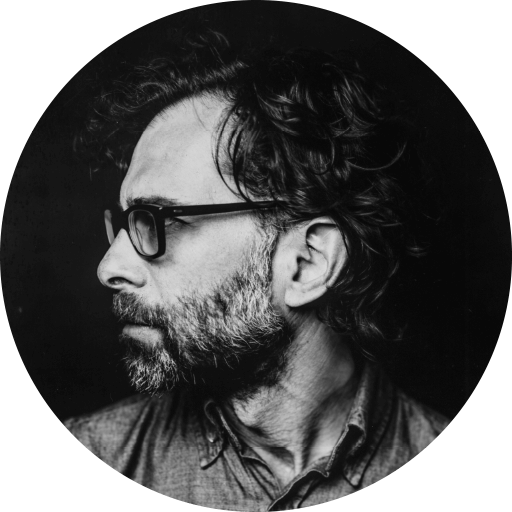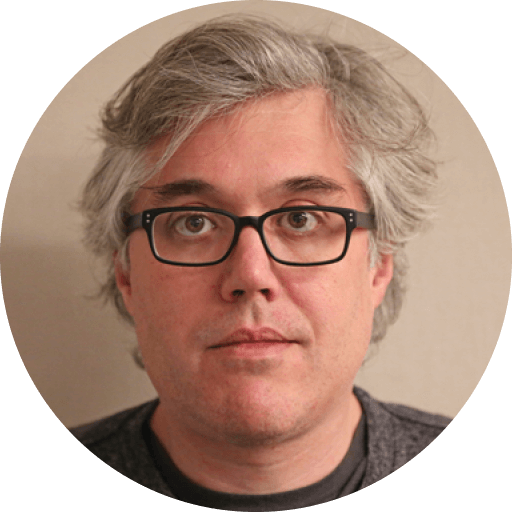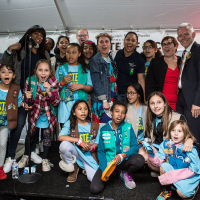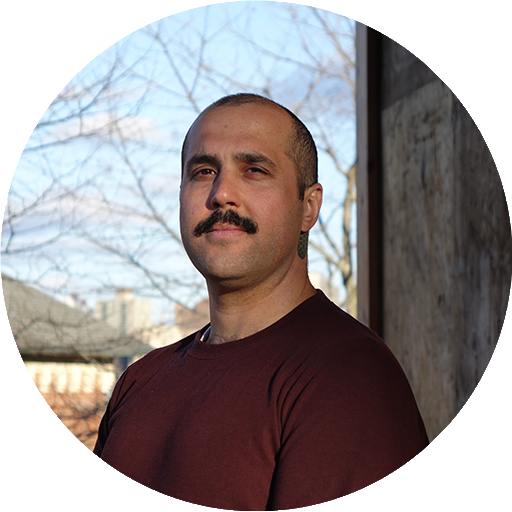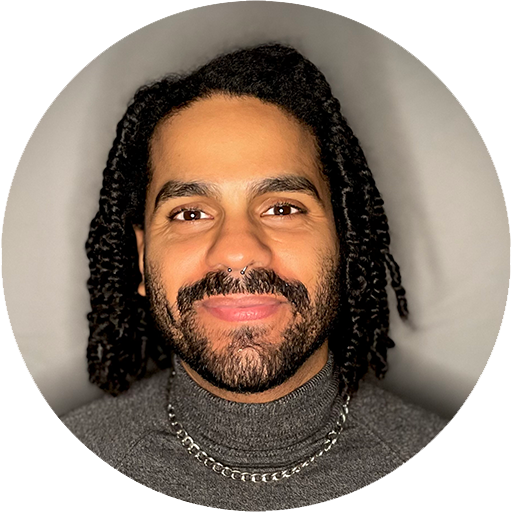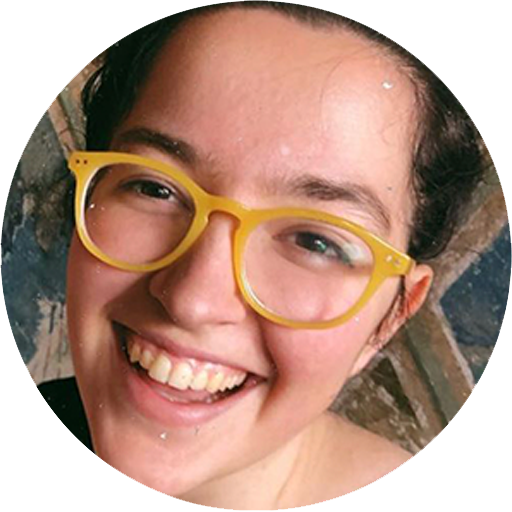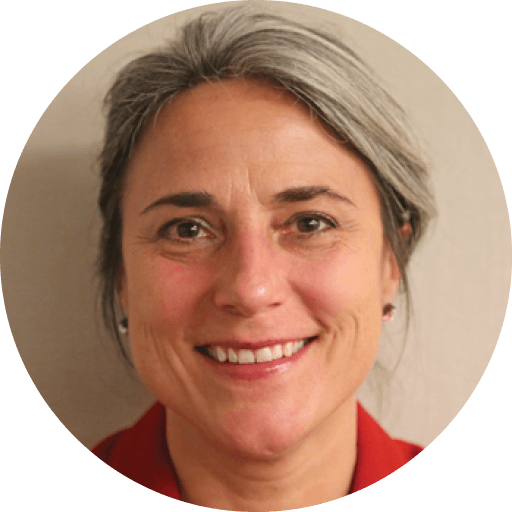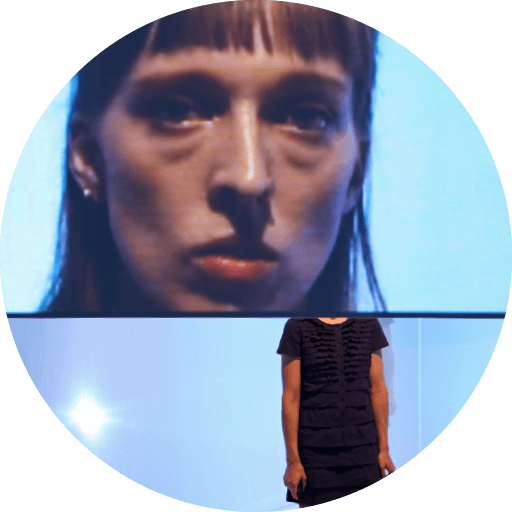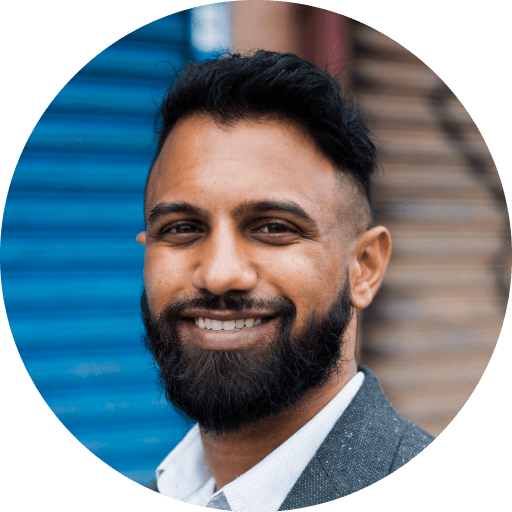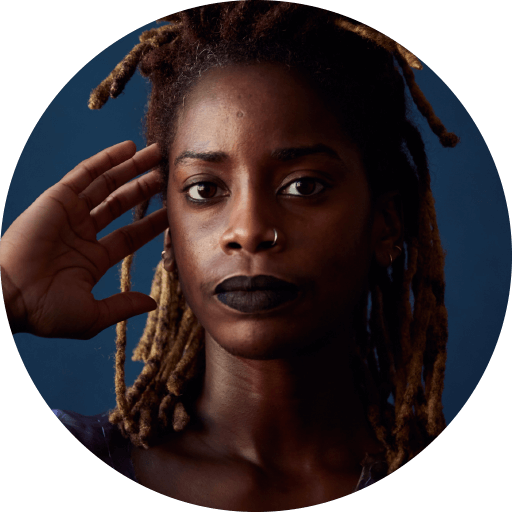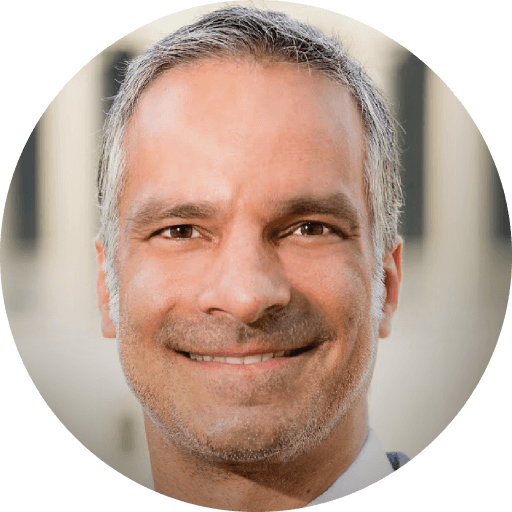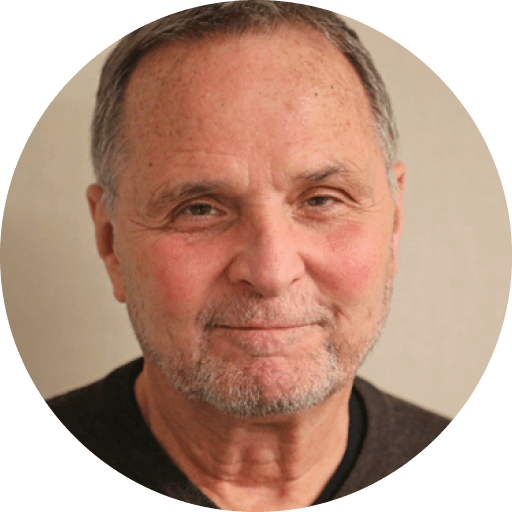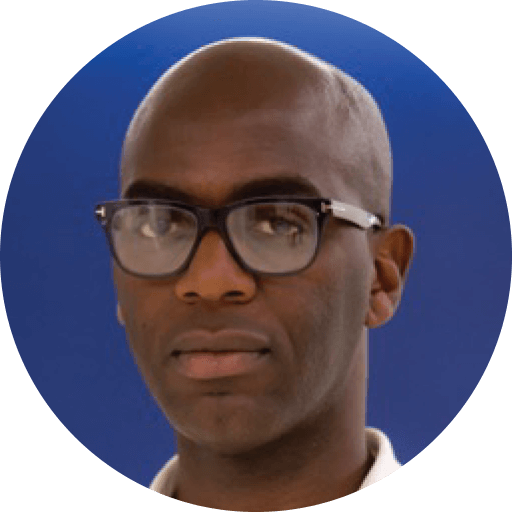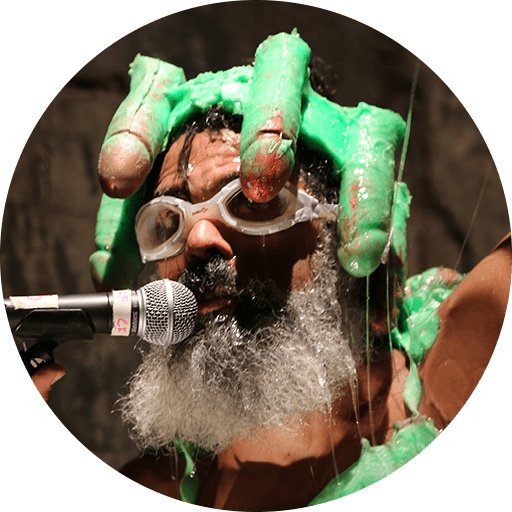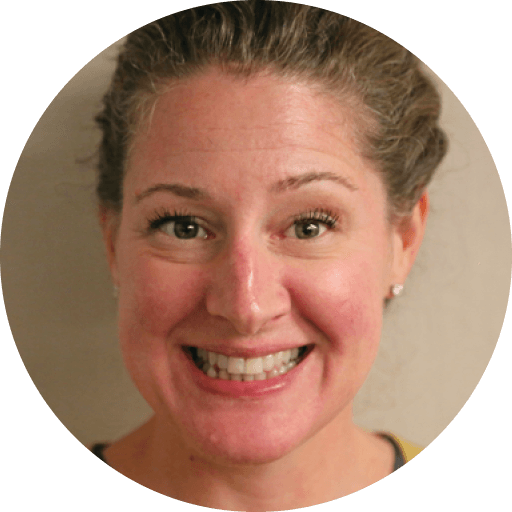Jennifer Monson’s iLAND premieres bend the even
Eva Yaa Asantewaa, InfiniteBody
Eva Yaa Asantewaa, InfiniteBody
Most of New York’s dancemakers struggle to secure space to develop their work. But, for Jennifer Monson‘s latest piece, nature has provided…provided a place for research and exploration…provided motivation, inspiration, even, in its way, partnership.
bend the even – now in its premiere run at The Chocolate Factory Theater–is an experience of an Illinois prairie that we cannot (or maybe can) see. It is darkness and dawn at a beach we cannot (or maybe can) feel beneath our feet. It comes to life in a small loft studio in Long Island City but is intended to take us somewhere to wait for the unexpected and unforeseeable to become apparent to us.
To label it as a dance, and specifically a duet between Monson and Mauriah Kraker, is to lop off two of its essential limbs–the live soundwork of Jeff Kolar (electronics) and Zeena Parkins (acoustic harp); the lightwork of Elliott Jenetopulos, performed in the breath of the moment. (Costumes are by Susan Becker; scenic design by Regina Garcia.) It seems important to this team that their contributions be noted then removed from that hook and released. Something else, we’ve read, will come to “emanate at the edge of kinesthetic perception.”
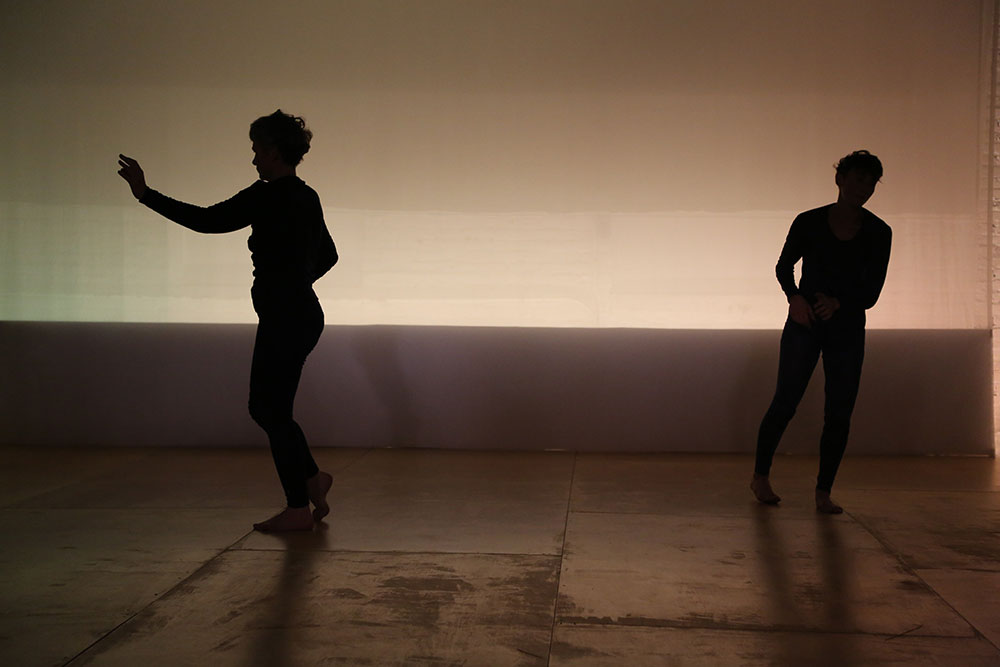
Monson proposes something new, not so much relinquishing the choreographer’s role–for the movement in this piece is fascinating and appealing as it is willful and wayward–as redirecting us to an unacknowledged result of choreography, a different purpose for it and for its fusion with other stimulants. I feel that I’m quite stuck on the edge of this desire, instinctually sympathetic with it while what’s aimed for remains elusive. As audience members, we’re habituated to focus on looking and listening for things and to appreciate (and, yes, interpret and judge) what we see and hear. bend the even intends disruption, or some form of liberation, but I’m caught up in its sensations.
What did we do with the sudden, absolute stillness that broke out on occasion? Did we check for external or internal vibes, or did we tick the seconds, wondering what we were supposed to be feeling and when the dancers might finally move again? Did that time feel more awkward than destabilizing? What about Jenetopulos’s precipitous jolts in the lighting or other changes in sound and the dynamics of motion? Did we just “even” the bends right out and get back to our usual way of taking things in?
All that’s to say, I’m not sure the bends in any even did more than point to a barrier we should know about. It did not lower that barrier – at least, not for me, not last evening. But maybe that pointing is, in itself, a useful beginning.
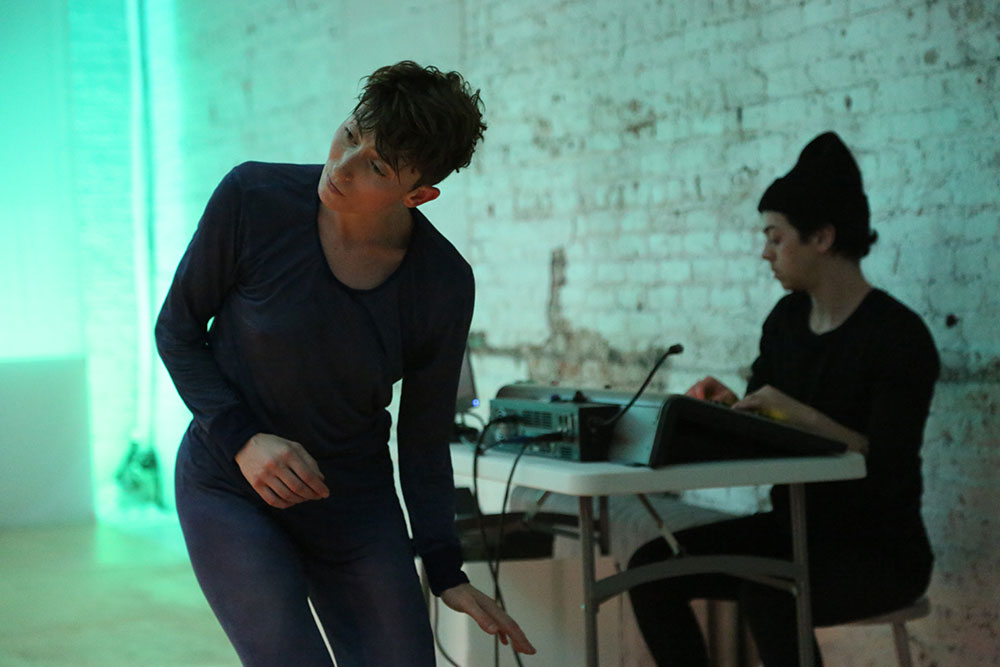
Eva Yaa Asantewaa, InfiniteBody – February 20, 2018


